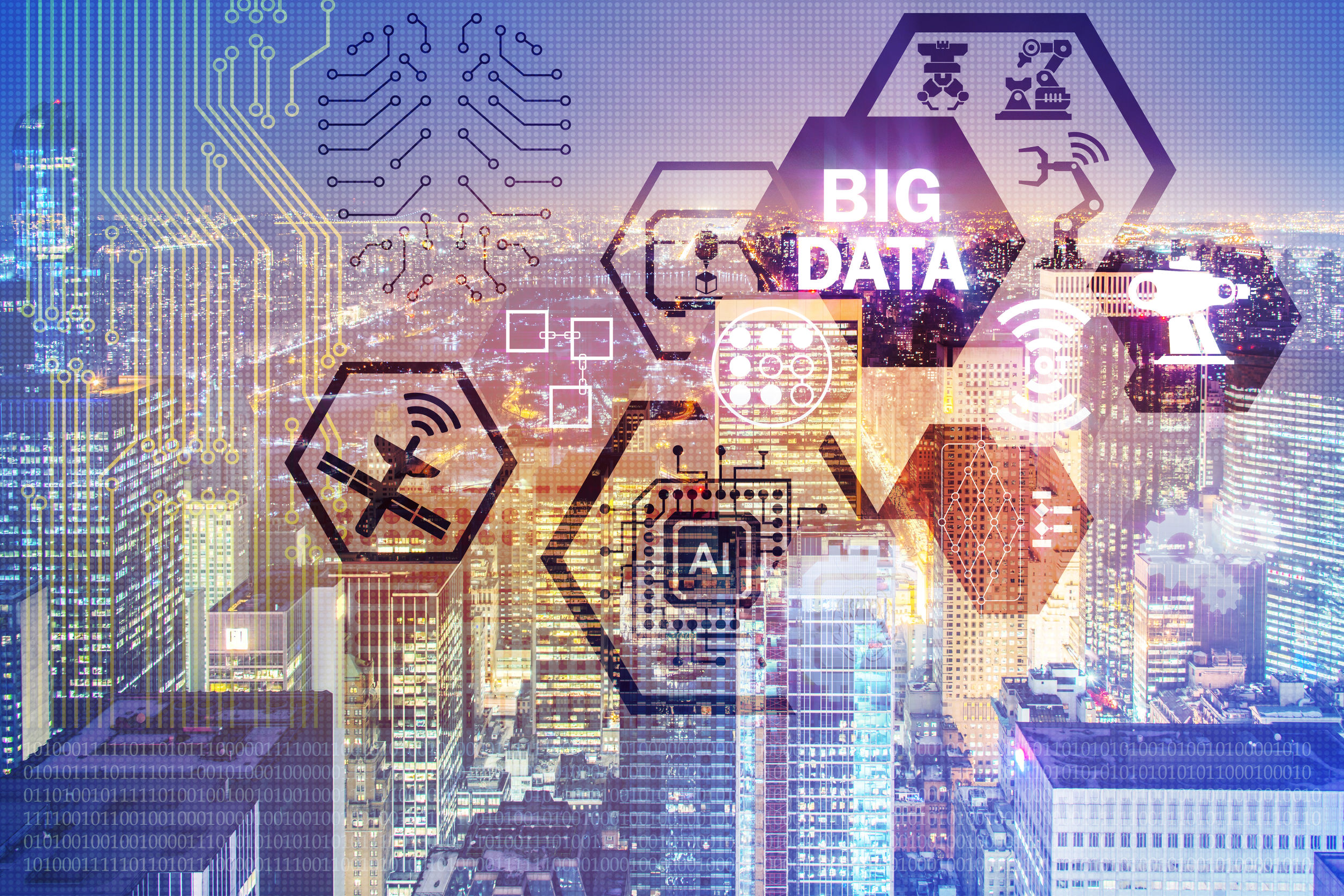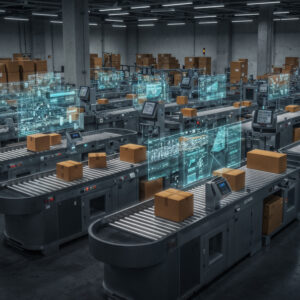Demand for food is growing at the same time the supply side faces constraints in land and farming inputs. Empowered with internet of things (IoT) and advanced connectivity technologies, smart agriculture is expected to play a significant role in enhancing agricultural productivity to meet food demand for today and for tomorrow.

Source: The future of smart agriculture projects, World Agriculture.
SMART AGRICULTURE USE CASES
McKinsey puts together five use cases where enhanced connectivity is already in the early stages of being used and is most likely to deliver the higher yields, lower costs, and greater resilience and sustainability. The use cases are crop monitoring, livestock monitoring, building and equipment management, drone farming, and autonomous farming machinery. This issue would like to particularly address the smart agriculture use cases in favor of the smart-livestock monitoring initiative.

Source: Agriculture’s connected future: How technology can yield new growth, McKinsey Center for Advanced Connectivity and Agriculture Practice
The value of the use cases lies primary in labor efficiencies, input optimization, yield increase, reduced overhead, and improvements in operation and maintenance of machinery. In addition, enhanced connectivity in agriculture could add more than $500 billion to global gross domestic product, a critical productivity improvement of 7 to 9 percent for the industry. Much of that value requires investments in connectivity that today are largely absent from agriculture.
SMART LIVESTOCK MONITORING
Preventing outbreaks and spotting animals in distress are critical to large-scale livestock management. Chips and body sensors that measure temperature, pulse, and blood pressure give insight analytics such as detecting illnesses among the population and, therefore, preventing herd infection.
With a combination of technologies, a wearable tag attached directly to the livestock is capable of monitoring the vital signs, detecting body movement, and triangulated self-locating. Leveraging environmental sensors could trigger automatic ventilation adjustments or activate a pre-defined scenario in support of livestock’s well-being conditions and ranch’s habitability. Value added by a flexible management framework, streams of data generated from the sensors are algorithmically functioned to recognize irregularity in the operation, offer insights into decision-making, and even guide strategic planning according to the production goal.

Source: Agriculture’s connected future: How technology can yield new growth, McKinsey Center for Advanced Connectivity and Agriculture Practice

Source: Agriculture’s connected future: How technology can yield new growth, McKinsey Center for Advanced Connectivity and Agriculture Practice

Source: Unold O. et al. (2020) IoT-Based Cow Health Monitoring System. In: Krzhizhanovskaya V. et al. (eds) Computational Science – ICCS 2020. ICCS 2020. Lecture Notes in Computer Science, vol 12141. Springer, Cham.
The monitoring system can be implemented by hardware components, the cloud system, and the end-user application. Hardware components include the monitoring and the infrastructure devices: The hubs, wireless access points, and GSM routers. The cloud system refers to the hosting machine server, a system that can be leased from a cloud provider.

Source: Providence Data Technologies and Smart Cow – Dairy Management System
Working with wearable tags and other sensors-based systems, the application helps identify and solve problems with predation, weather, or ration changes and therefore allows remotely monitoring and auditing all aspects of the operation such reproduction, health, and feed, etc. As of today, livestock management providers offer a range of customizable solutions which minimally require a network hardware installation.
TAKE-HOME MESSAGE
Entering the world of smart agriculture, the farmer is able not only to access existing data, but also to reach better decision-making resulting in operational improvement and optimization. This is the process of digital transformation in agriculture where a knowledge base has been built toward process automation in the near future.
Article by: Asst. Prof. Suwan Juntiwasarakij, Ph.D., Senior Editor





